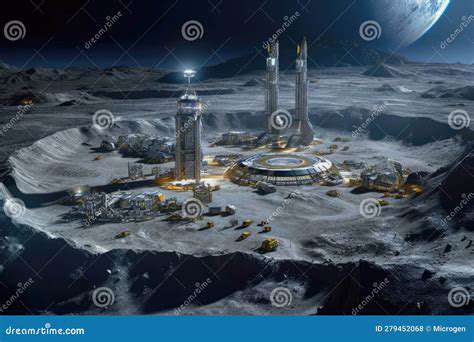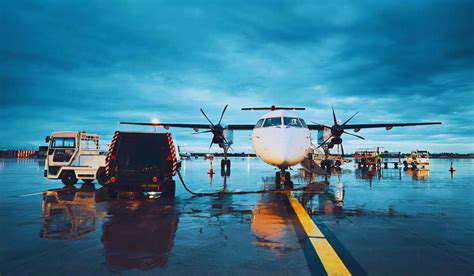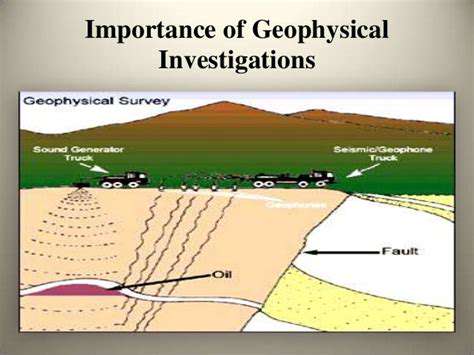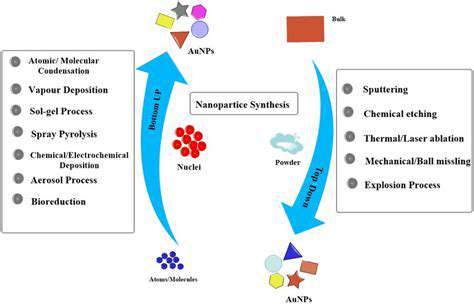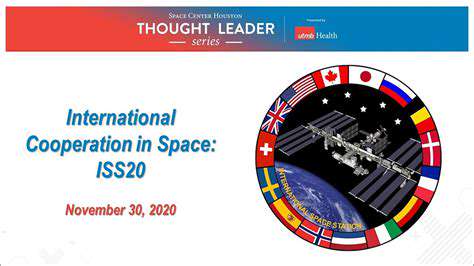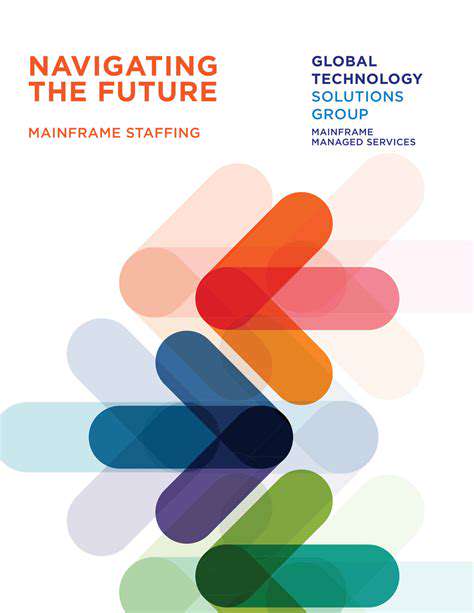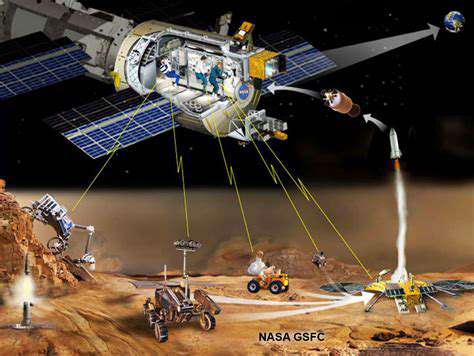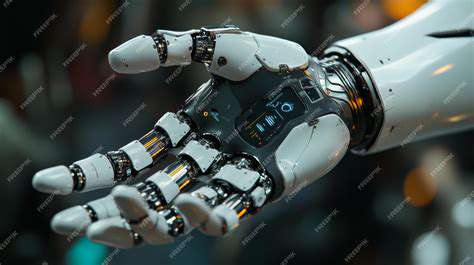Redundancy for Stability During Orbital Operations
Orbital mechanics present unique challenges that redundancy directly addresses. Attitude control systems typically employ multiple reaction wheels and thrusters arranged so any single failure leaves sufficient control authority. The International Space Station exemplifies this with its four Control Moment Gyroscopes – though only two are needed for full operation.
Modern spacecraft implement sensor fusion, combining data from star trackers, sun sensors, and inertial measurement units. When one sensor drifts or fails, others compensate while ground teams diagnose the issue. This approach maintained Hubble's pointing accuracy for decades despite multiple sensor failures.
Emergency Contingency Planning Through Redundancy
Space tourism operators now implement medical-grade redundancy for life support systems. Virgin Galactic's Unity spacecraft features dual oxygen systems and three independent communication links – a standard that's becoming mandatory for crewed vehicles. The rule is simple: any single failure must never endanger passengers.
Emergency scenarios receive particular attention, with backup power systems capable of sustaining critical functions even during complete electrical failures. SpaceX's Crew Dragon demonstrates this with its SuperDraco abort system that can function independently of main power.
Data Integrity via Redundant Architectures
Mission-critical data flows through multiple pathways simultaneously. Spacecraft typically store telemetry in three locations: solid-state recorders, backup tape systems, and ground station buffers. The Mars rovers take this further by maintaining triple-redundant computer systems that compare results to detect and correct memory errors caused by radiation.
Modern designs incorporate automatic data mirroring across physically separated storage devices. When Curiosity Rover's primary memory developed issues in 2013, engineers seamlessly switched to backup systems with no data loss.
Environmental Control Redundancy
Life support systems represent the most rigorously redundant spacecraft components. The ISS maintains multiple oxygen generation systems, carbon dioxide scrubbers, and temperature control loops. Each system has at least one identical backup plus a mechanically different contingency system. For example, if the Elektron oxygen generator fails, bottled oxygen and solid-fuel generators can sustain the crew.
Newer spacecraft like Boeing's Starliner implement smart redundancy – systems that automatically reroute airflow or power when sensors detect anomalies. This passive redundancy prevents problems before crew intervention becomes necessary.
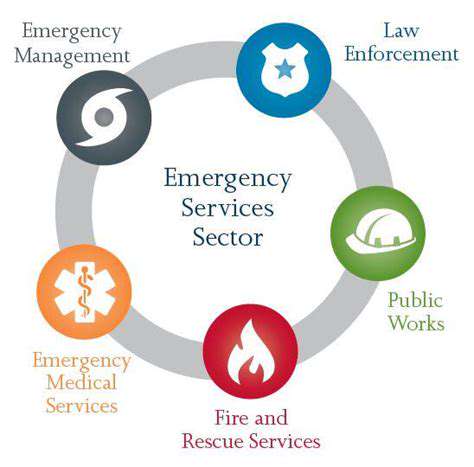
The Importance of Crew Training and Emergency Response Protocols
Crew Training for Space Tourism Safety
Effective training transforms theoretical safety into operational reality. Modern programs employ hyper-realistic simulations that expose crews to cascading failures – what NASA calls simsup scenarios. Trainees might face simultaneous power loss, communication blackout, and medical emergency while instructors measure response times and decision quality.
The best programs incorporate stress inoculation: gradually increasing difficulty while monitoring physiological responses. Blue Origin's training includes underwater egress drills at night with simulated injuries to build instinctive responses. Such training reduces panic when real emergencies occur.
Emergency Protocols for Commercial Spaceflight
Space tourism companies now develop emergency procedures with input from aviation safety experts and retired astronauts. These protocols employ decision trees rather than rigid checklists, allowing for adaptive responses to novel situations. Key innovations include:
- Modular procedures that crews can combine dynamically
- Augmented reality systems that overlay emergency guidance
- AI co-pilots that monitor protocol compliance
The protocols undergo continuous refinement through tabletop exercises with flight surgeons, engineers, and operators all participating. This holistic approach identified 73% of potential failure modes in Virgin Galactic's procedures before commercial flights began.
Creating a Culture of Safety
True safety stems from organizational culture as much as technology. Leading operators implement:
- Anonymous reporting systems for safety concerns
- Monthly what-if scenario discussions
- Cross-departmental safety review boards
The most effective programs encourage questioning authority when safety is at stake. NASA's Stop Work policy allows any employee to halt operations if they spot potential dangers – a practice now adopted by commercial operators.
Regular black sky drills simulate complete ground communication loss, forcing crews to demonstrate autonomous emergency management capability. These unannounced tests ensure skills remain sharp between training cycles.
Addressing Psychological Well-being in Space
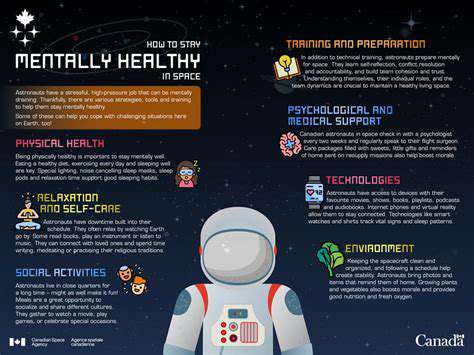
Stress Management in Confined Environments
Spaceflight induces unique psychological stressors: confined spaces, abnormal light cycles, and the overview effect of seeing Earth from space. Successful programs teach concrete coping strategies:
- Scheduled virtual windows using LED displays for suborbital flights
- Structured conflict resolution protocols for crew disputes
- Biofeedback training to control stress responses
NASA's behavioral health protocol includes weekly private psychological conferences and mandatory downtime – practices now standard in commercial spaceflight.
Building Personal Resilience
Astronaut resilience training focuses on three pillars:
- Cognitive flexibility: Adapting problem-solving approaches
- Emotional regulation: Managing isolation-induced mood swings
- Team cohesion: Maintaining trust under stress
SpaceX's Inspiration4 mission demonstrated the value of pre-flight team bonding. Crews that train together for months develop nonverbal communication crucial during emergencies.
Post-Flight Psychological Support
The transition back to normal gravity presents psychological challenges. Commercial operators now provide:
- Gradual reacclimation programs
- Mandatory psychological debriefs
- Long-term mental health monitoring
This comprehensive approach recognizes that space affects each person differently. Some tourists experience profound life perspective shifts requiring professional support to process.
